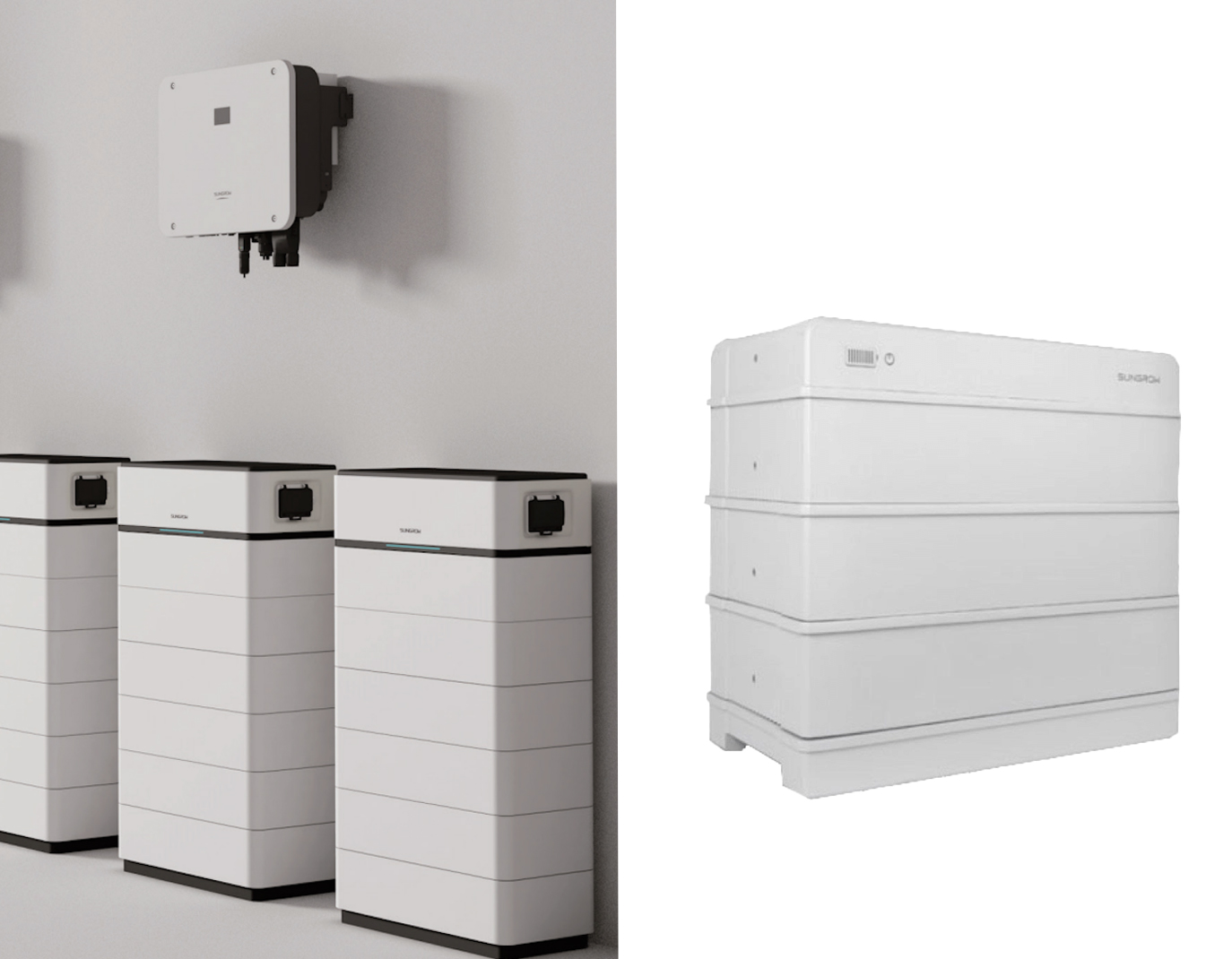Uncategorized
Bedroom Skylights
Traditionally skylights have not been recommended for bedrooms as they light up a room…

If you’ve been looking into solar batteries, you’ve probably heard the name Sungrow pop up a few times. They’ve been around for years, and in Australia, they’ve built a reputation for making reliable, good value gear that suits both homes and small businesses.
Two of their most popular options right now are the SBR and the SBH batteries. They might sound similar, but there are a few key differences that can make one a better fit than the other depending on your setup.
At SolarBright, we’ve installed plenty of both, so here’s a plain English rundown of what sets them apart, plus a quick look at how Tesla Powerwall 3 stacks up in 2025.
Sungrow SBR battery is the smaller and simpler model. It’s ideal for everyday homes that want to make the most of their solar system without going overboard.
Sungrow SBH battery, on the other hand, is the bigger and more powerful option, made for larger homes, high energy users, or commercial setups.
Both work neatly with Sungrow hybrid inverters so adding one of these batteries is pretty seamless.
Each SBR module stores about 3.2 kWh of energy. Most households choose between 6.4 and 25.6 kWh worth of modules, which is usually enough to run the essentials through the night.
The SBH is a different story, as each stack can go up to around 40 kWh. That’s a significant amount of energy which is perfect if you’re charging an EV, running ducted air, or powering business machinery.
Yes, both are modular systems.
With the SBR, you can start with a smaller setup and add more modules later without too much hassle.
The SBH also scales up easily, and it’s designed to handle bigger stacks and higher power outputs. So if you plan to expand your system down the track, Sungrow makes that fairly straightforward.
Both models use Lithium Iron Phosphate (LFP) cells, a safe and stable chemistry that performs well in Australian conditions.
These batteries don’t overheat easily, and they can handle years of daily use without major degradation. LFP technology is also known for its long cycle life, which means more years of solid performance.
Sungrow’s batteries are designed to work hand in hand with their hybrid inverters, which handle both solar production and storage.
That’s where you’ll really see the difference. The SBR suits everyday households, while the SBH is for heavier power users.
Both batteries come with a 10-year warranty.
With proper installation and regular monitoring, you can expect consistent performance for well over a decade. Plus, Sungrow has solid local support here in Australia, always reassuring if you ever need help down the track.
Both the SBR and SBH let you access up to 100% of their usable capacity, which means there’s very little wasted energy sitting idle.
That efficiency helps make the most of your solar generation and keeps your power bills lower in the long run.
Here’s where the difference really shows.
The SBR provides steady, reliable power for the day-to-day use of your fridge, lights, washing machine, and a few other appliances running at once.
The SBH, though, can handle much heavier loads. If you’ve got multiple air conditioners, a pool heater, or an EV charger, it’s built to keep up without strain.
Both batteries allow you to use nearly all of the stored power before recharging, close to 100% depth of discharge. That means more usable energy and better value from your investment.
This also ties back to the LFP chemistry, which is durable enough to handle deep discharges without wearing out quickly.
It mostly depends on your household size and energy habits.
The SBR is perfect if you:
The SBH is the better pick if you:
At SolarBright, we’ve seen great results with both systems. Our team can help match the right one to your needs, whether you’re going for energy independence or just want to reduce your power bills.
The Powerwall 3 hit the market in 2024 and quickly became a talking point. It’s a sleek all in one system that combines the inverter and battery into one unit.
It’s simple, strong, and comes with Tesla’s user-friendly software and app, great if you like everything integrated.
That said, Sungrow’s systems usually come out ahead for flexibility and value. You can size them exactly how you want, and parts are easier to source locally. For most families, that makes the SBR or SBH a great long term investment.
Both the SBR and SBH are dependable options for anyone wanting to make better use of their solar power.
Whichever one you choose, Sungrow’s track record for performance and reliability is solid.
If you’re thinking about adding solar storage or upgrading your system, get in touch with SolarBright. We’ll help you work out the best setup for your energy goals and give you a free, no pressure quote to get started.
Take a Look
Uncategorized
Traditionally skylights have not been recommended for bedrooms as they light up a room…
Solar Battery, Solar Battery Reviews
Solar battery technology continues to advance in Australia. Homeowners and businesses now have several…
Solar Battery, Solar Battery Reviews
The Sungrow SBR battery has become one of Australia’s favourite home energy storage options.…